Automated Dispensing Robot Videos
A World of Robotic Dispensing and Assembly SolutionsHow to Choose the Right Sealant Dispensing Machine for Your Production Needs
In the fast-paced world of manufacturing, selecting the appropriate Sealant Dispensing Machine is crucial for optimizing productivity and ensuring product quality. According to a recent report by MarketsandMarkets, the global market for adhesive and sealant dispensing equipment is projected to reach $5.2 billion by 2025, highlighting a growing demand for efficient dispensing solutions across various industries. With advancements in automation and technology, manufacturers are faced with an array of options that promise improved precision, speed, and reliability. As production needs evolve, understanding the specific requirements of your application—which includes factors like material viscosity, application speed, and machine integration—is vital to making an informed decision. This guide aims to demystify the criteria for selecting the best Sealant Dispensing Machine tailored to your production demands, ensuring you remain competitive in an increasingly technological landscape.
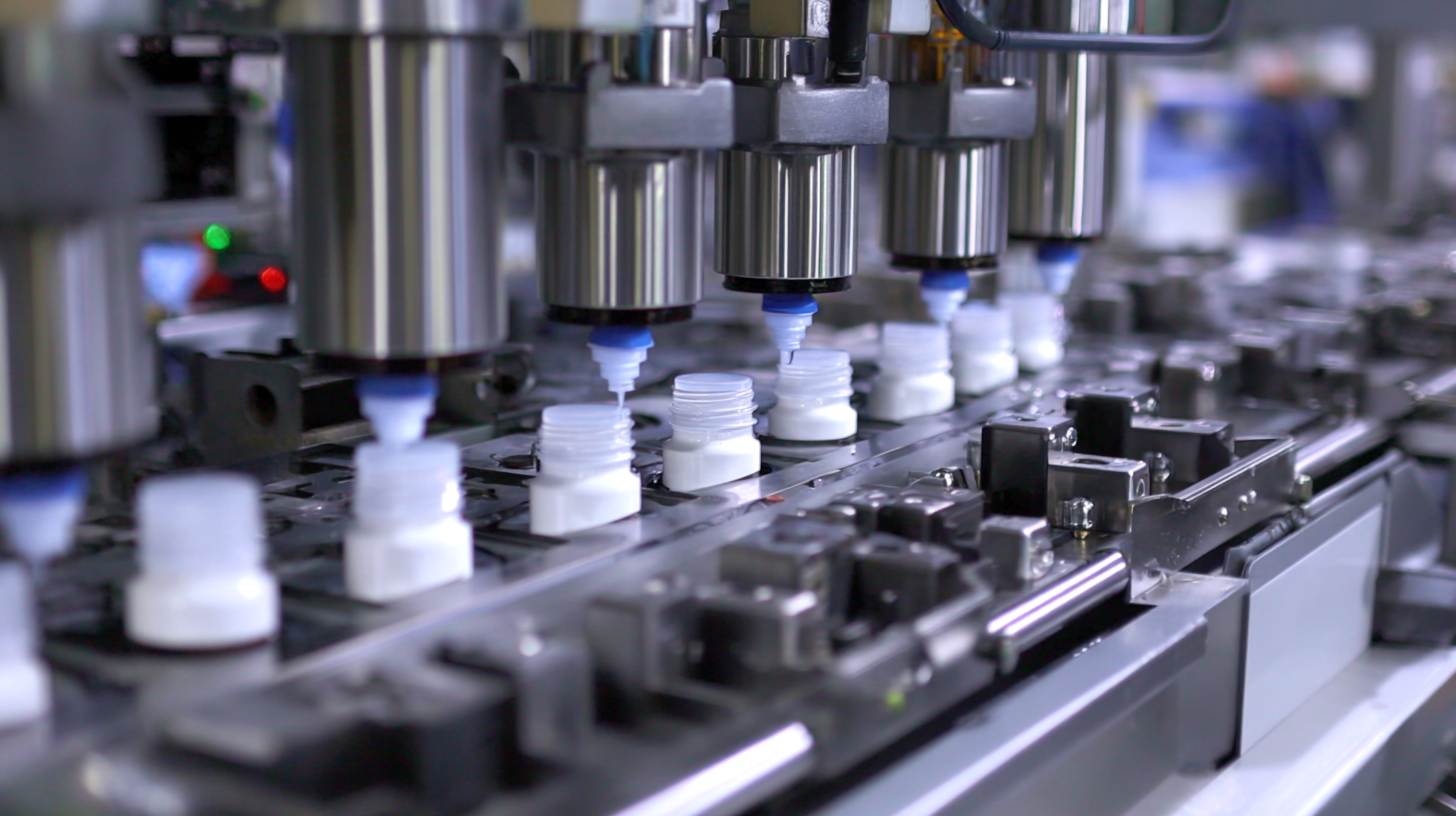
Understanding Different Types of Sealant Dispensing Machines Available in the Market
When selecting a sealant dispensing machine for your production needs, it’s essential to understand the different types available on the market. Primarily, sealant dispensing machines can be categorized into manual, semi-automatic, and fully automatic models. Manual dispensers are the simplest and most cost-effective, suitable for small-scale applications where precision and flexibility are required. They allow operators to control the amount of sealant dispensed, making them ideal for intricate jobs or low-volume production runs.
On the other hand, semi-automatic and fully automatic machines are designed for higher efficiency and output. Semi-automatic dispensers require some human intervention, typically for loading the sealant or adjusting settings, while fully automatic machines operate independently once set up. These machines often come equipped with advanced features such as programmable settings, integrated controls, and sensors that ensure a consistent and accurate application of sealant, making them suitable for high-volume production environments where speed and efficiency are paramount. Understanding these distinctions will help you make an informed decision that aligns with your production requirements.
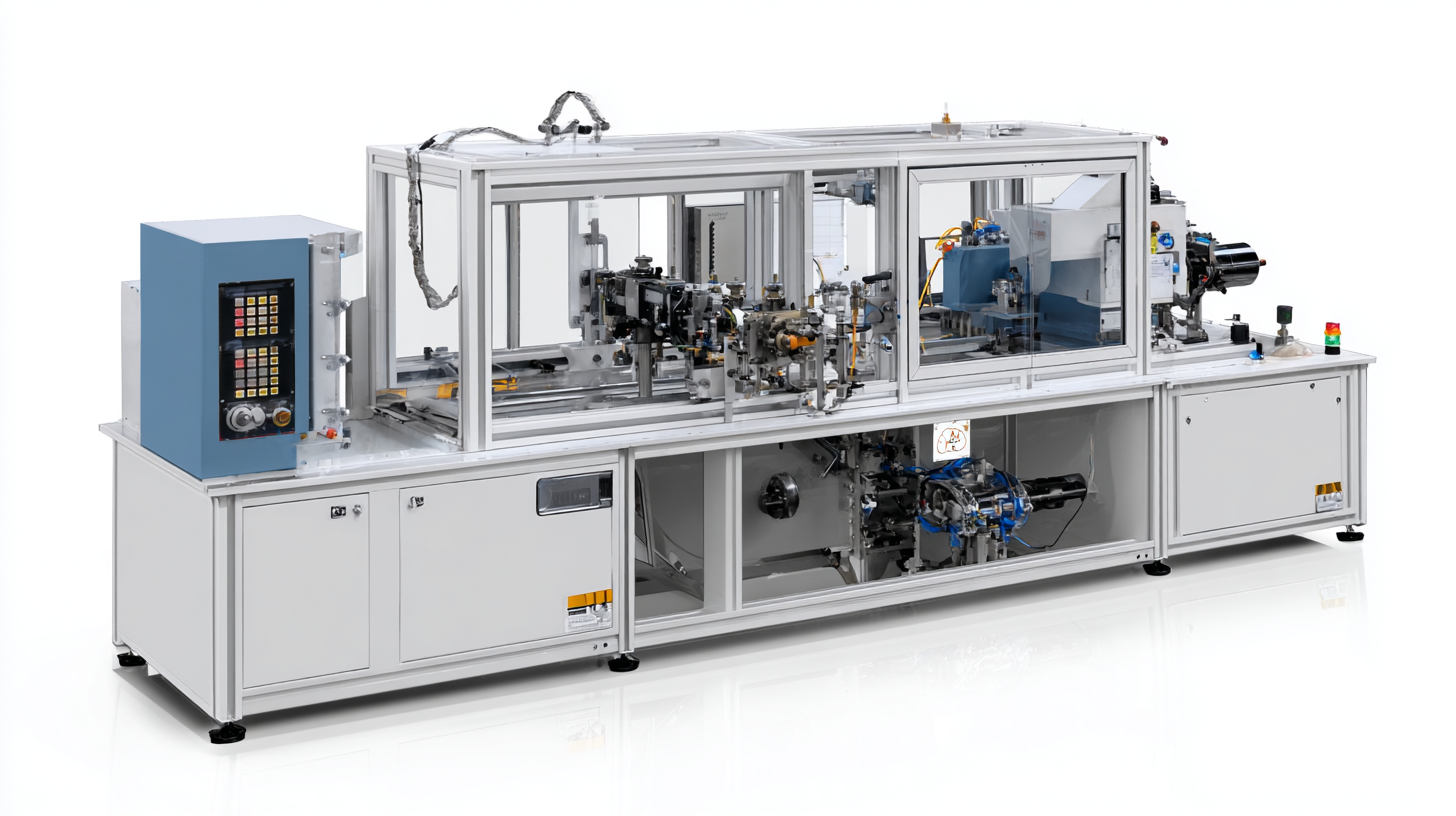
Evaluating Your Production Volume and Application Requirements for Sealant Dispensing
When selecting the right sealant dispensing machine, understanding your production volume and application requirements is crucial. According to a report by the Freedonia Group, the sealant market is projected to reach $17 billion by 2025, driven by a growing demand in sectors such as construction, automotive, and electronics. This rising demand highlights the importance of choosing a machine that aligns with your specific production scale. For instance, if your operation necessitates high-volume output—typically over 1,000 units per hour—you may want a fully automated dispensing system that can maintain consistency and accuracy under continuous use.
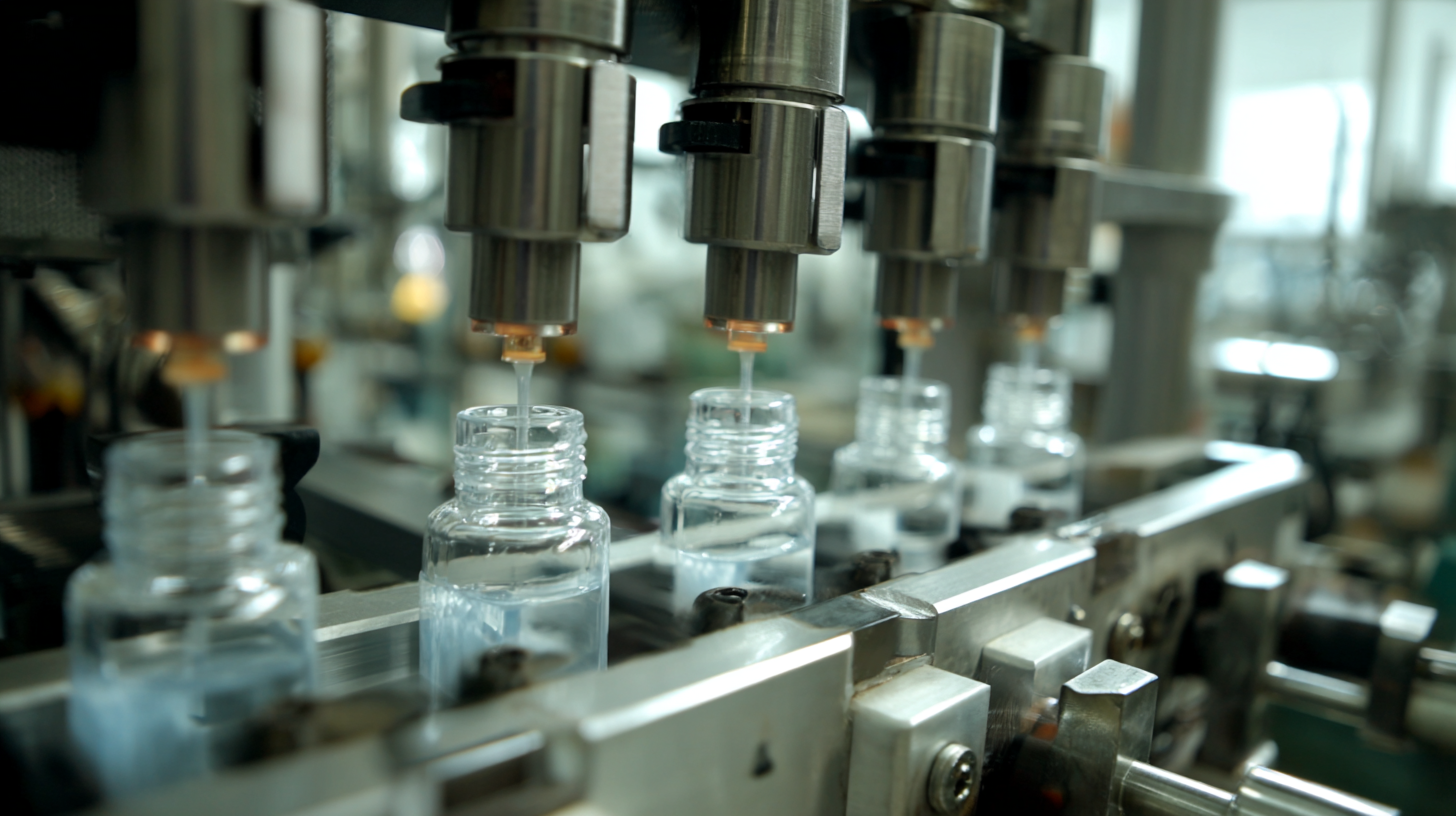
Moreover, the type of application plays a vital role in the selection process. A study from MarketsandMarkets indicates that different industries require various sealant properties—ranging from high flexibility to superior adhesion. For applications involving sensitive electronic components, a precision dispensing machine that can apply small, controlled amounts of sealant without spillage is essential. In contrast, construction applications might benefit from a robust machine capable of handling high-viscosity materials. By carefully evaluating both your volume and application needs, you can select a sealant dispensing machine that not only enhances productivity but also meets the specific demands of your industry.
Key Features to Look for in a Sealant Dispensing Machine for Optimal Performance
When selecting a sealant dispensing machine for your production needs, it’s crucial to focus on key features that will ensure optimal performance. First and foremost, consider the machine’s accuracy and consistency in dispensing. Advanced machines come equipped with precision control systems that can accurately measure and dispense the sealant, reducing waste and ensuring high-quality application. Look for options that offer adjustable settings, allowing you to fine-tune the flow rate and volume according to your specifications.
Another vital feature to evaluate is the speed of operation. In a fast-paced production environment, a sealant dispensing machine that operates quickly without sacrificing quality is essential. Features like automated programming and high-speed dispensing mechanisms can significantly enhance productivity. Additionally, durability and ease of maintenance should not be overlooked. Machines constructed from high-quality materials and designed for easy access for repairs will minimize downtime and ensure longevity, ultimately contributing to your production efficiency.
Assessing Budget Considerations and Cost-effectiveness of Sealant Dispensing Solutions
When selecting the right sealant dispensing machine for production needs, budget considerations play a crucial role. The initial investment in machinery can vary significantly, with sealant dispensing machines ranging from a few thousand to tens of thousands of dollars, depending on their capabilities and automation levels. For businesses focused on cost-effectiveness, fully automated systems may reduce labor costs while improving precision and efficiency, ultimately offering savings in long-term operational costs. According to industry reports, companies can see a return on investment (ROI) of up to 200% when transitioning to automated dispensing solutions due to decreased material wastage and enhanced throughput.
For example, the recent initiative in Palm Coast to micro-surface 33 residential streets illustrates a practical application of cost-effective sealant solutions. Micro-surfacing, a granular sealant, provides a life extension at a fraction of the cost compared to traditional paving methods. This project underscores the importance of selecting dispensers that can handle various sealant types, including those designed for cost-effective applications like micro-surfacing. By investing in the right machinery, businesses can not only enhance their production capabilities but also align their operations with innovative, budget-friendly sealant solutions that meet evolving infrastructure demands.
How to Choose the Right Sealant Dispensing Machine for Your Production Needs - Assessing Budget Considerations and Cost-effectiveness of Sealant Dispensing Solutions
| Machine Type | Production Capacity (units/hour) | Cost ($) | Maintenance Cost ($/year) | Energy Consumption (kWh/week) | Return on Investment (ROI) |
|---|---|---|---|---|---|
| Pneumatic Dispensing Machine | 200 | 8,000 | 300 | 10 | 15% |
| Electric Dispensing Machine | 250 | 12,000 | 400 | 15 | 20% |
| Robotic Dispensing System | 500 | 25,000 | 800 | 20 | 30% |
| Semi-Automatic Dispensing Machine | 150 | 5,000 | 200 | 8 | 10% |
| Manual Dispensing Machine | 80 | 2,500 | 100 | 5 | 5% |
Maintenance and Support Services: What to Expect from Sealant Dispensing Equipment Suppliers
When selecting a sealant dispensing machine, maintenance and support services offered by suppliers play a crucial role in ensuring optimal performance. Since these machines are integral to production lines, it is essential to understand what kind of support can be expected. Reliable suppliers typically provide comprehensive maintenance plans that include routine servicing and troubleshooting assistance. This proactive approach not only helps in minimizing downtime but also extends the lifespan of the machinery, ultimately leading to cost savings in the long run.
Furthermore, in a rapidly evolving electronic equipment market, the demand for effective repair services is on the rise, predicting substantial growth in the coming years. This trend emphasizes the importance of choosing suppliers that not only deliver high-quality sealant dispensing machines but also offer robust after-sales support. Efficient repair services and training for personnel can significantly enhance production efficiency and adaptability, catering to the dynamic needs of modern manufacturing. Investing time in understanding these aspects will ensure that manufacturers make informed decisions that align with their operational goals.
Related Posts
-

5 Key Benefits of Using Sealant Dispensing Machines for Modern Manufacturing
-

Top Strategies for Maximizing Efficiency with Silicone Dispensing Machines
-
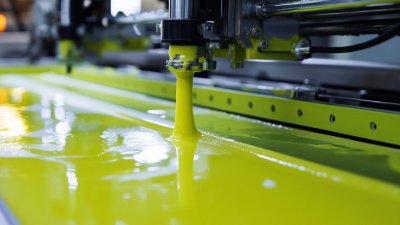
5 Strategies for Sourcing the Best Epoxy Dispensing Machines Worldwide
-
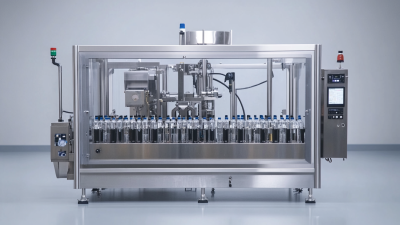
How to Choose the Right Vial Liquid Filling Machine for Your Production Needs
-
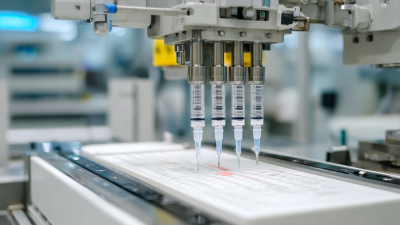
What is the Importance of Best Silicone Dispensing Equipment in Modern Manufacturing
-
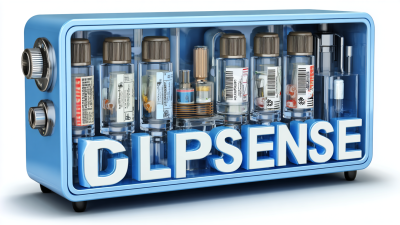
Ultimate Guide to Best Glue SondexMachinesr Machine Price Specifications and Operation Tutorial
